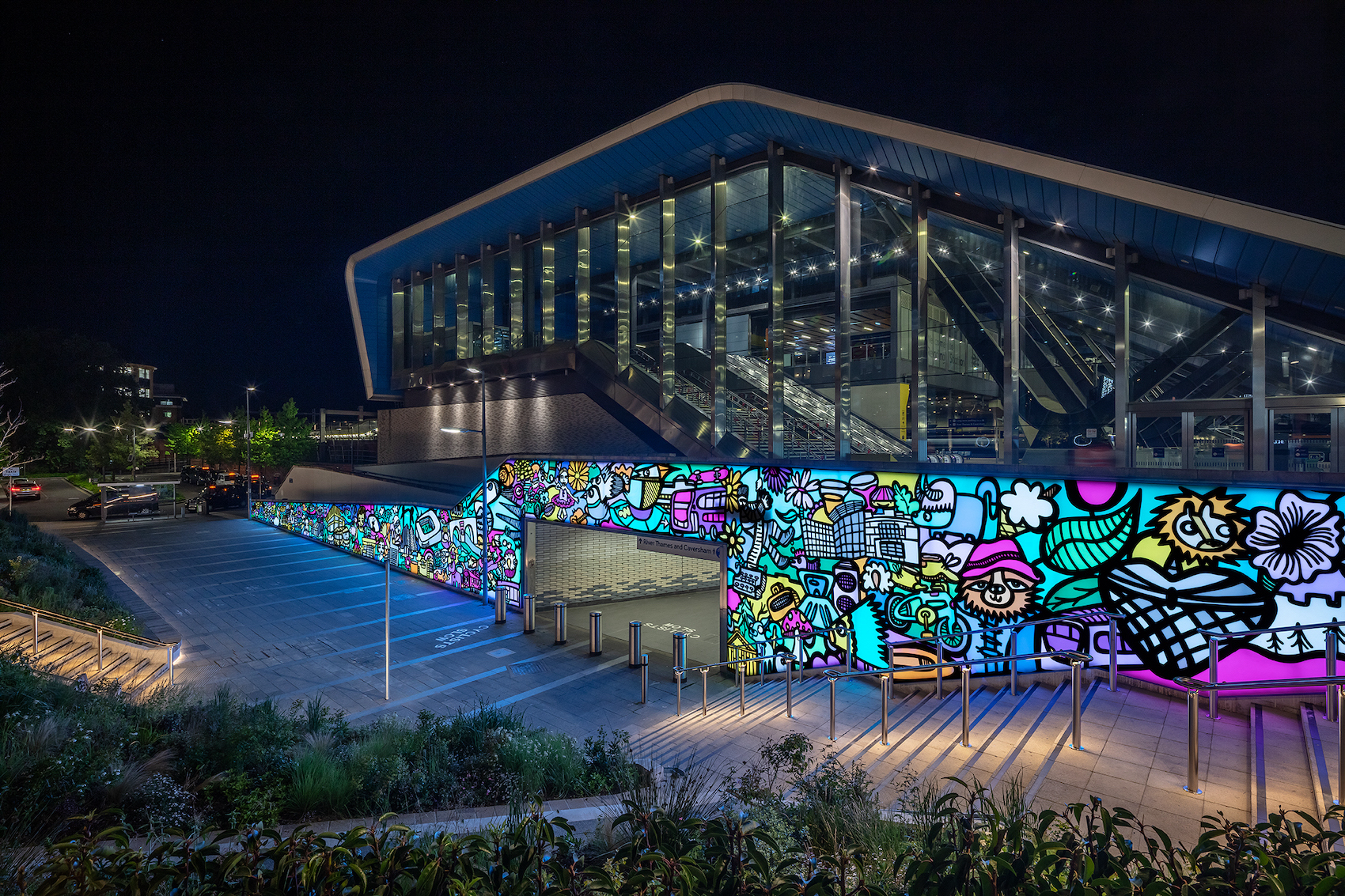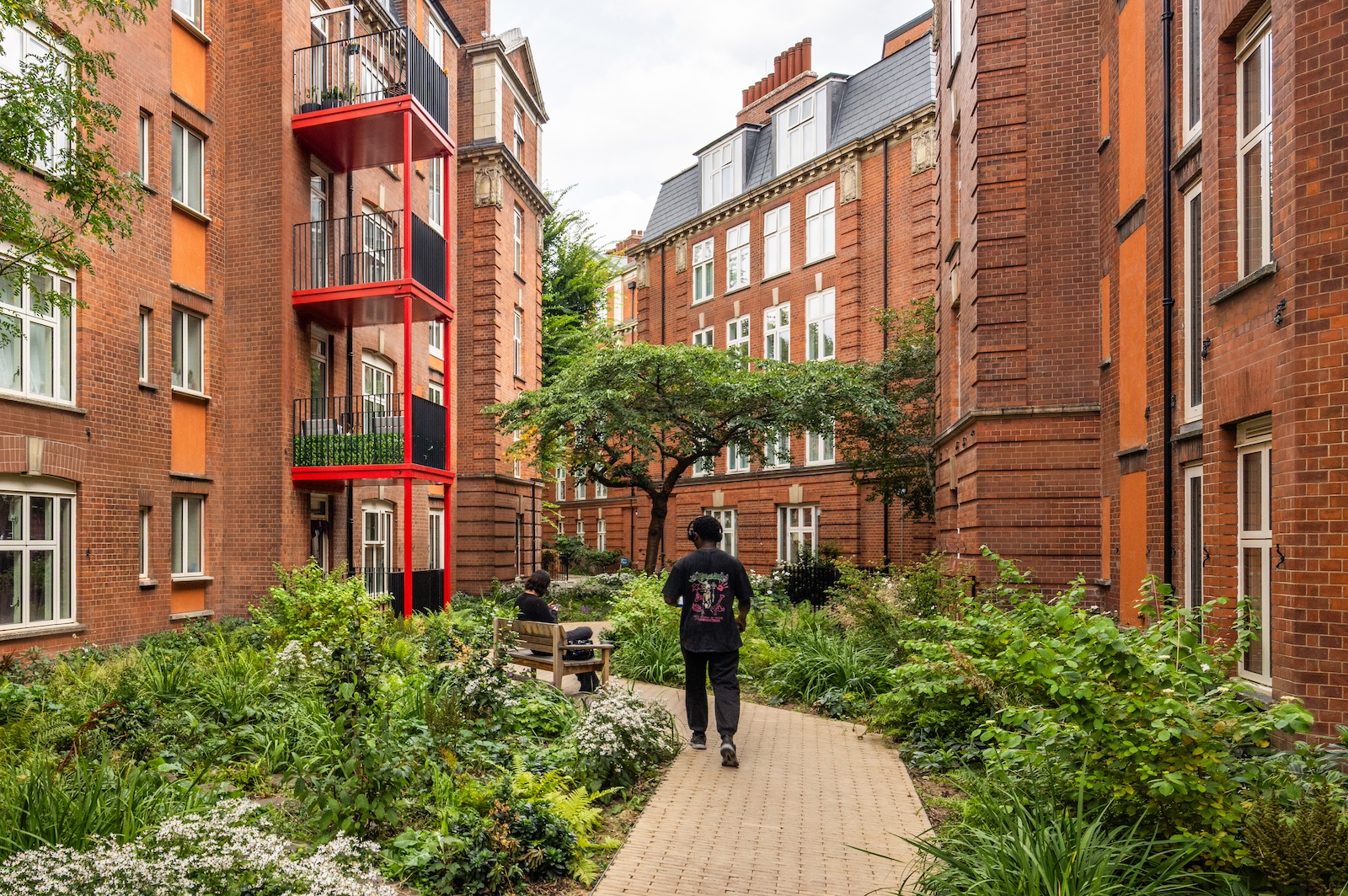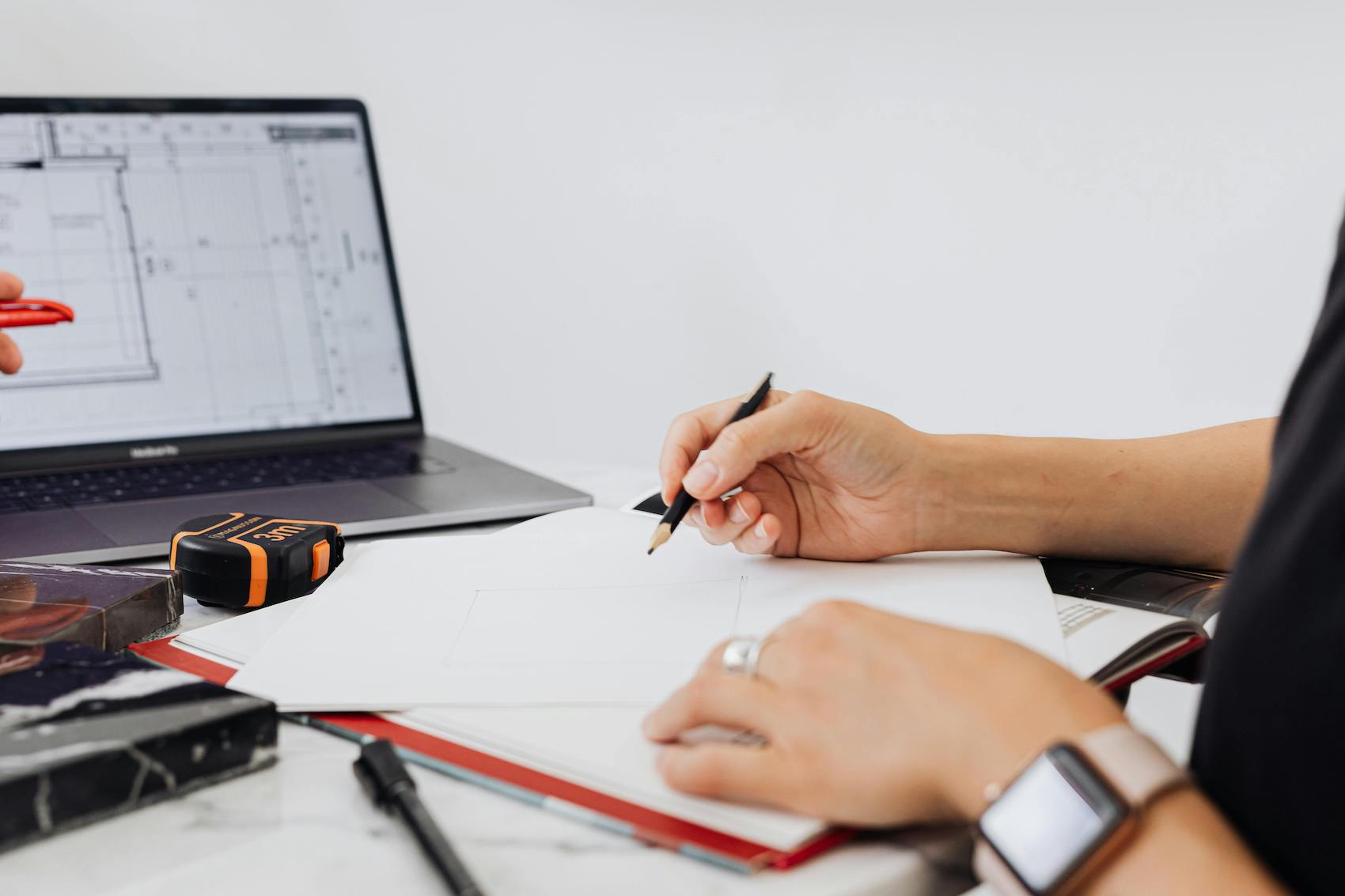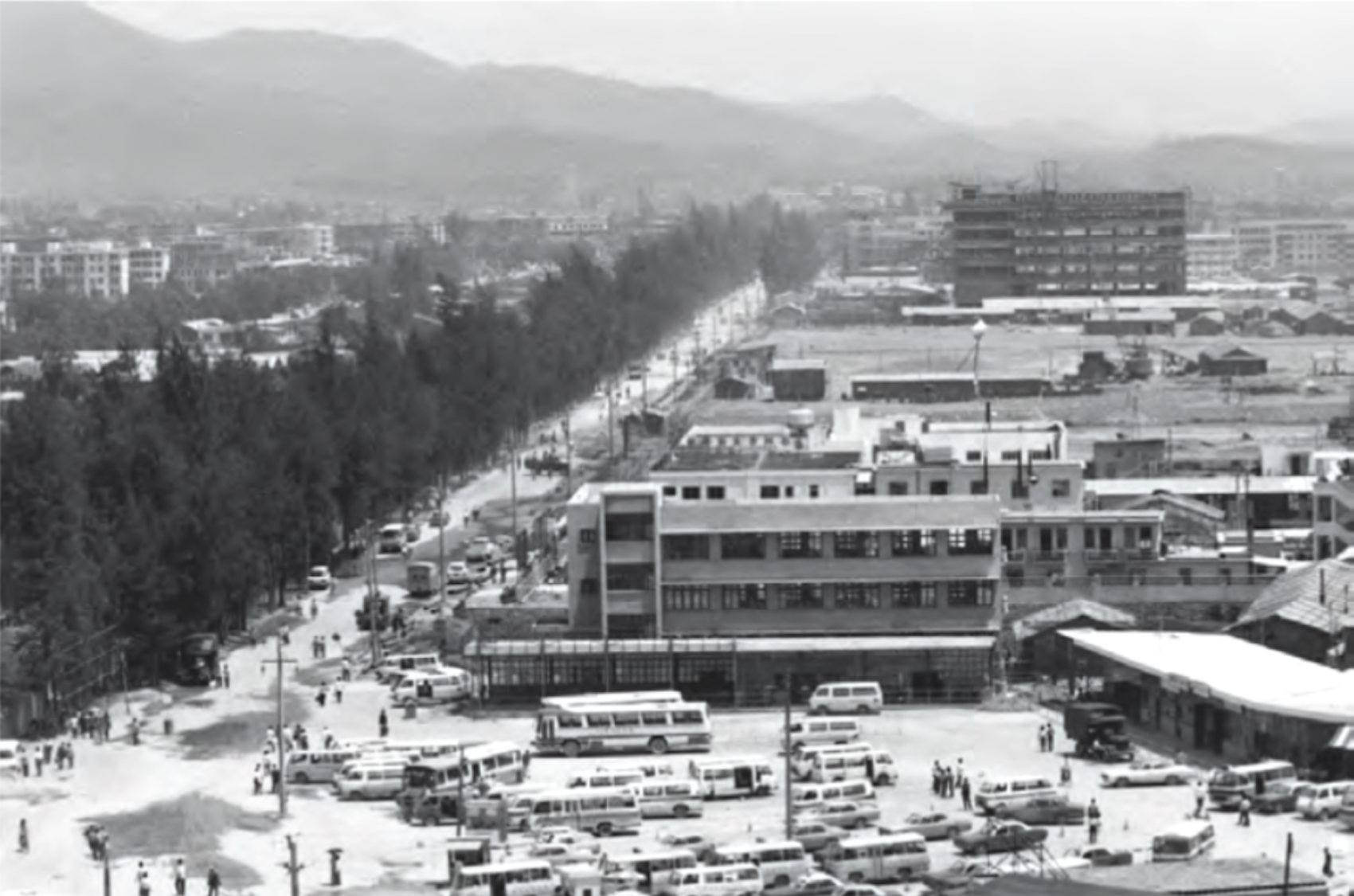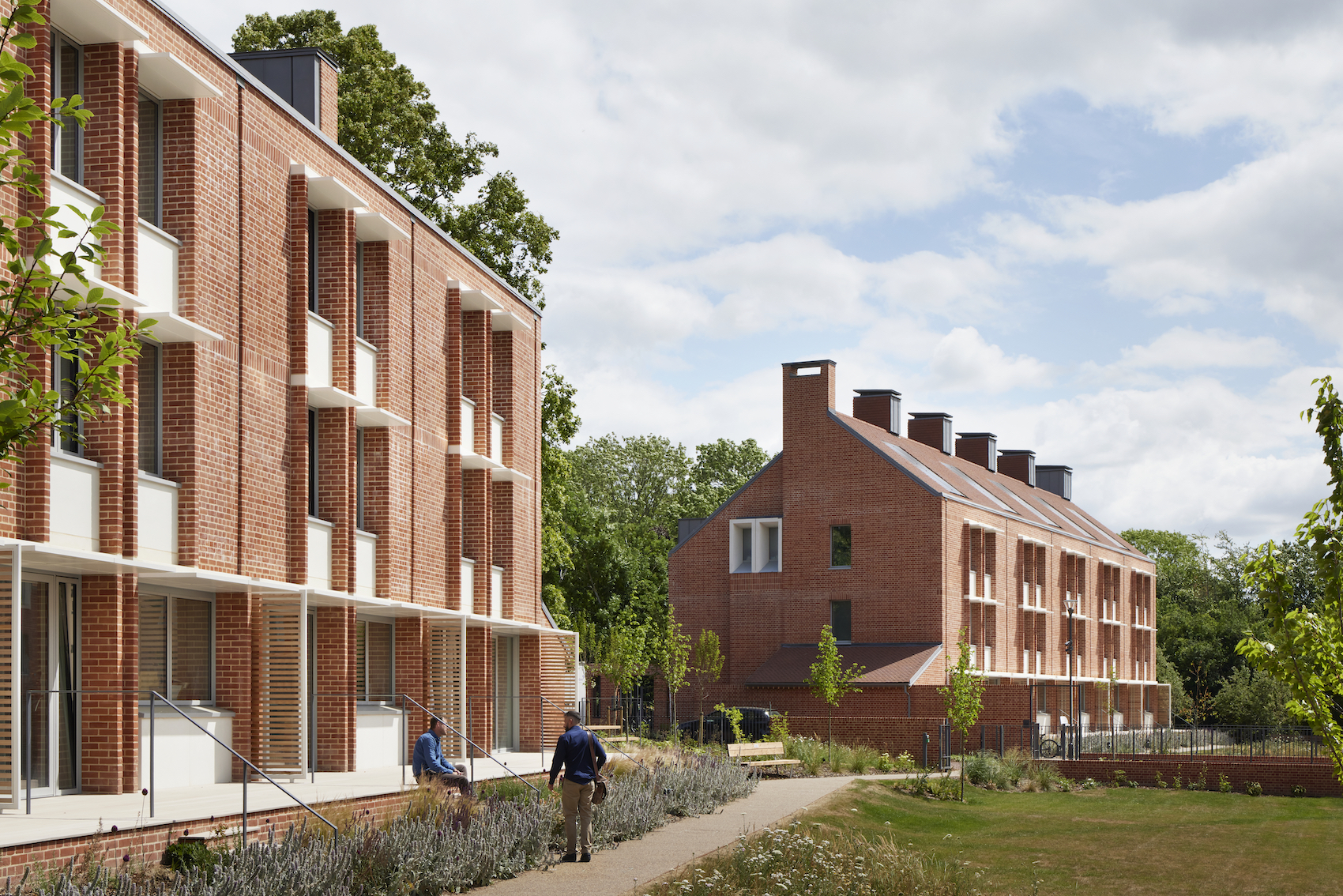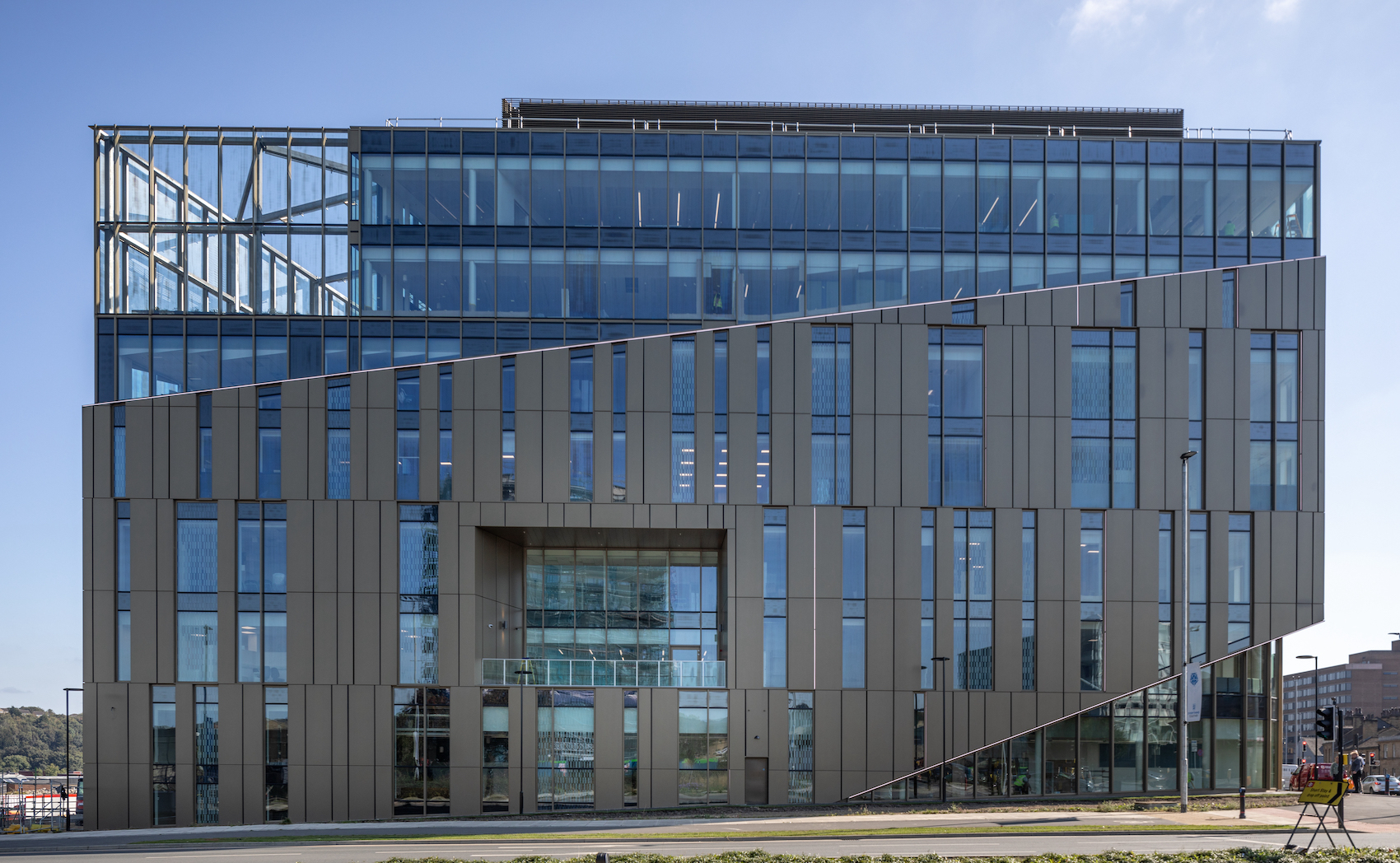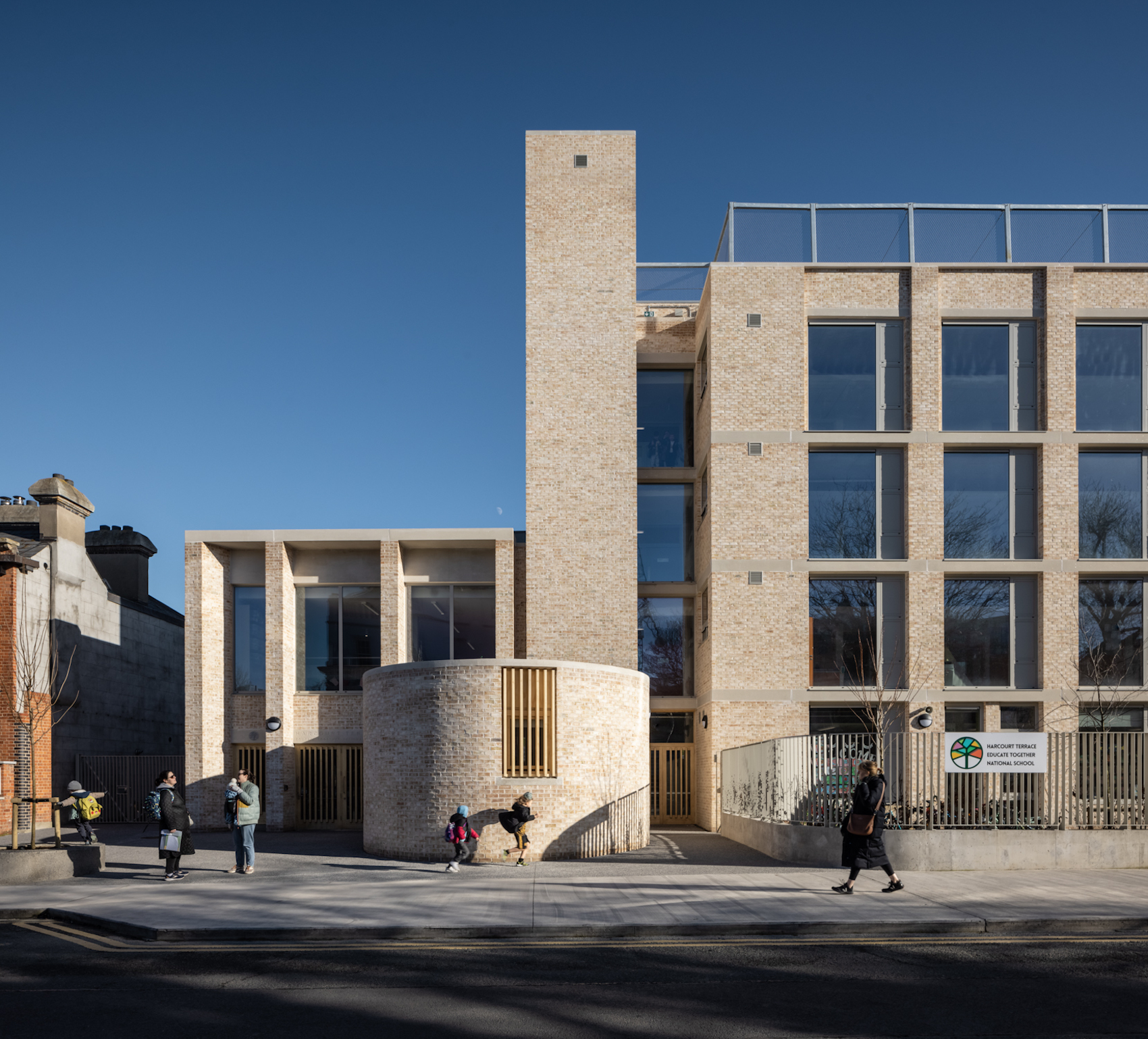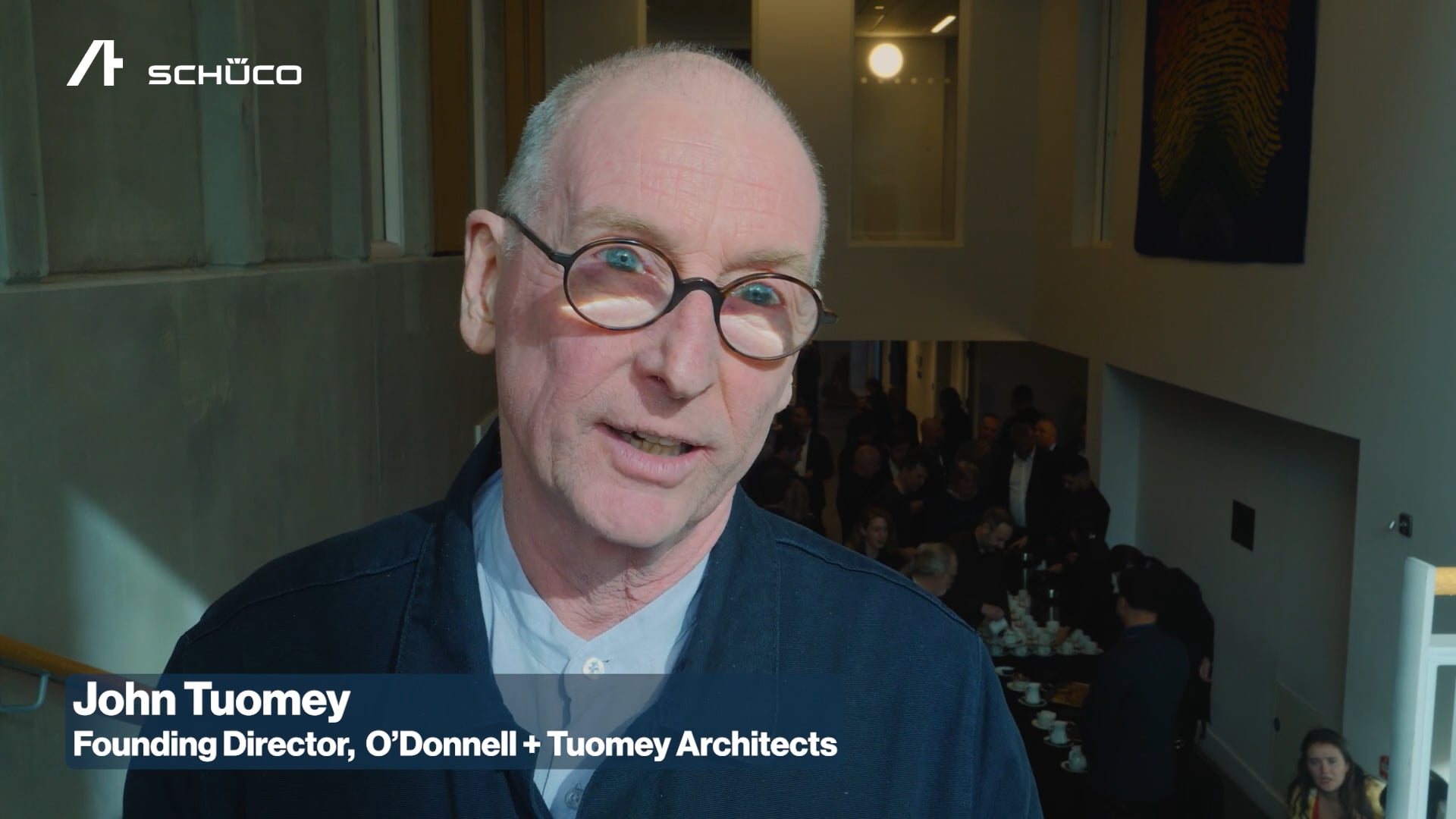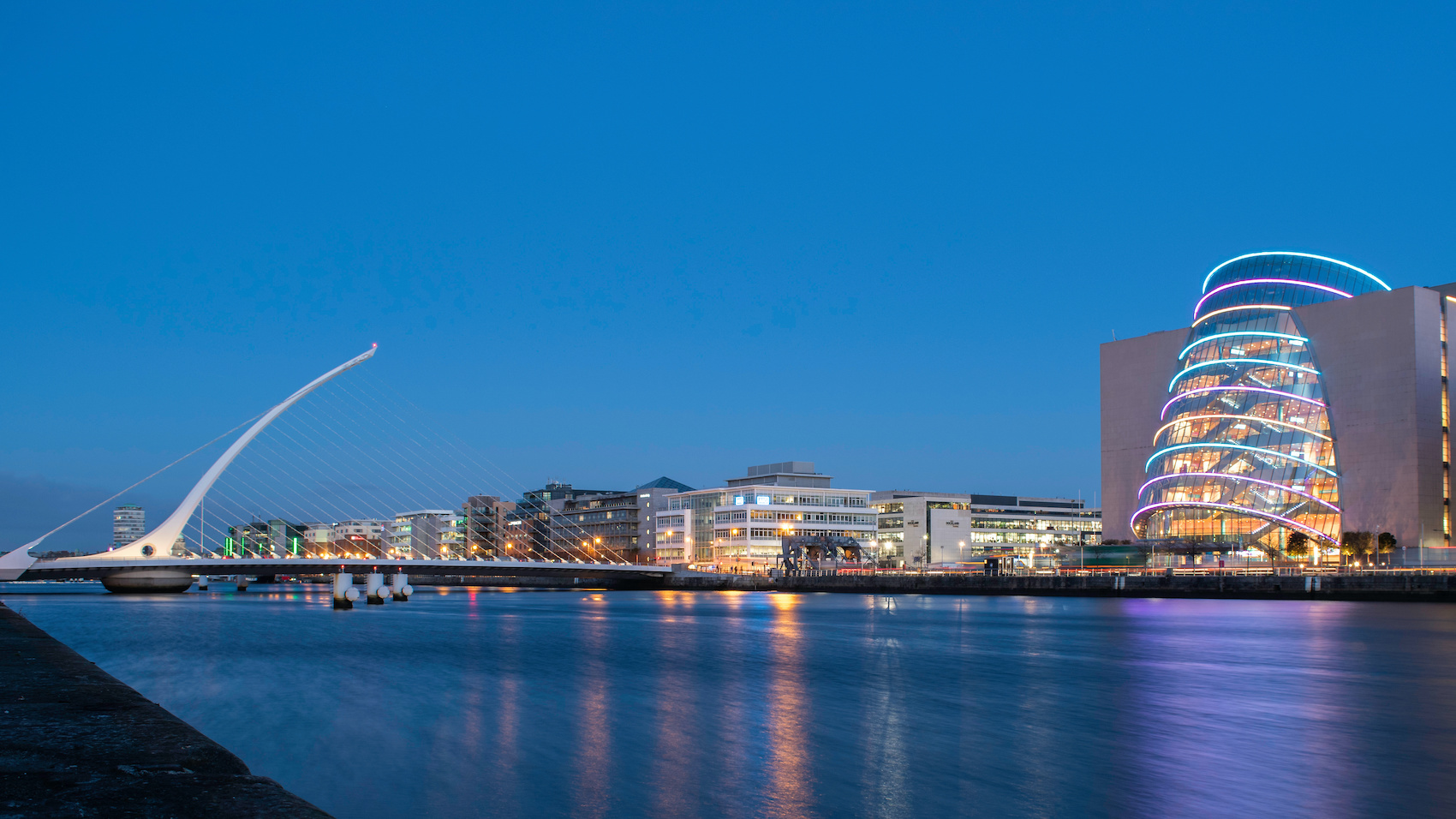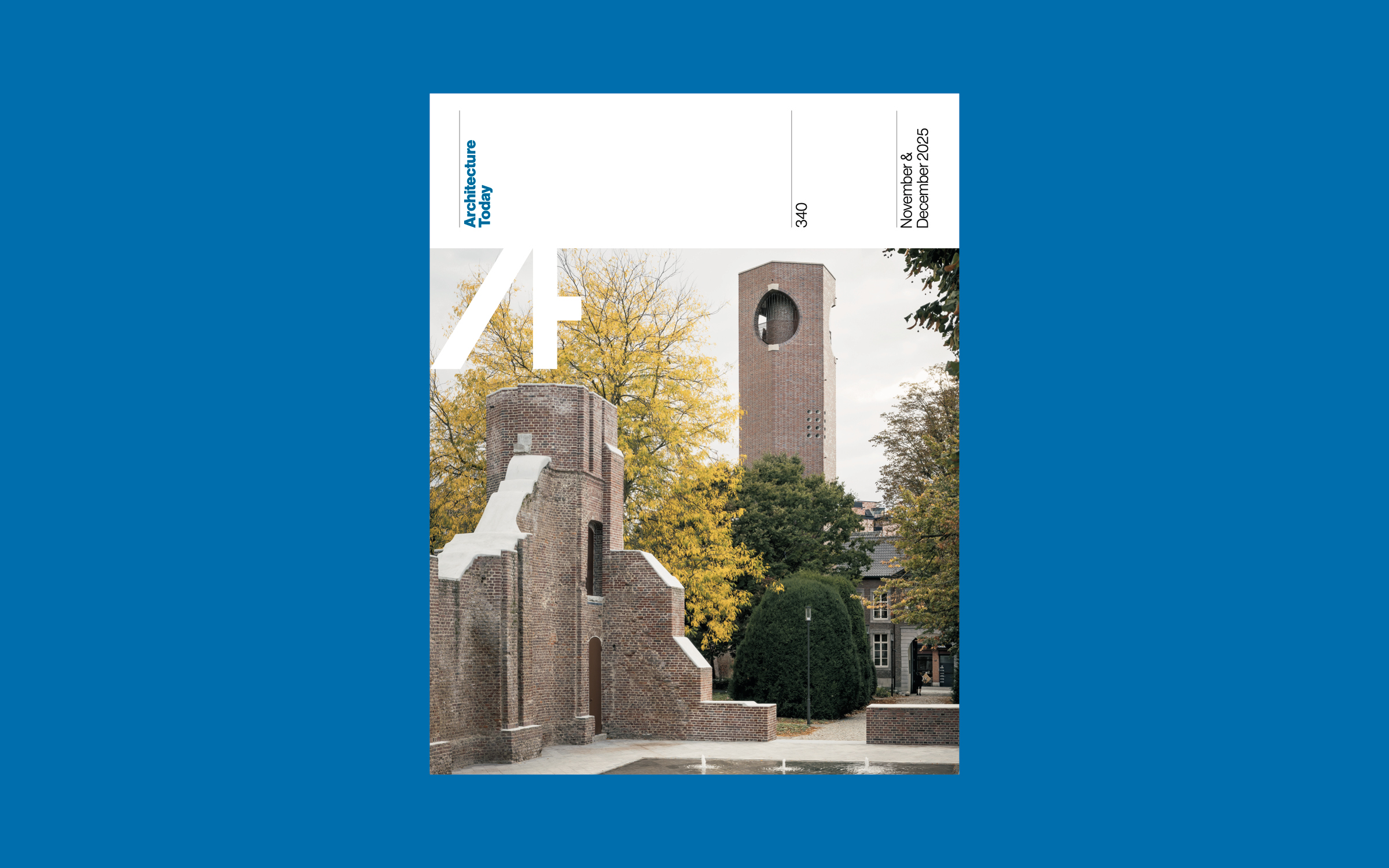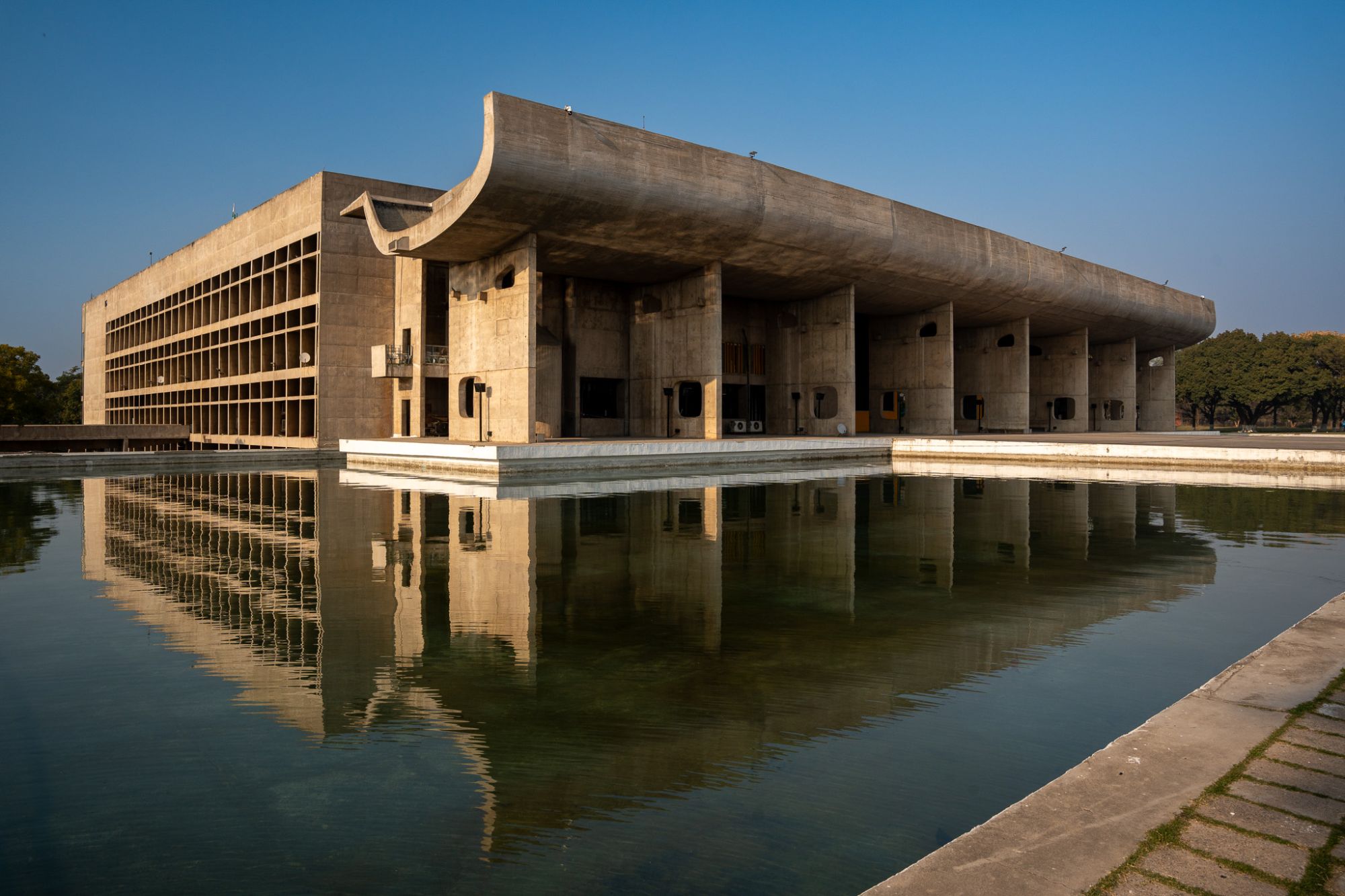Martin Saxby, UK Country Manager at LX Hausys, answers readers’ questions on solid surfaces.
Backlit mural in Reading, designed by Stuart Melrose, in association with Kev Munday, and made with translucent HIMACS.
What is solid surface and how does it differ from natural stone or a composite surface?
Solid surface is a homogenous material that blends resin with minerals. However, not all solid surfaces are alike, with the quality and ratio of the ingredients and differences in manufacturing techniques being the key differentiators. HIMACS, for example, is a premium product that uses the finest acrylic resin, minerals and natural pigments, as well as an innovative thermal cure production process. While it is robust and shares some aesthetic qualities with stone and quartz products, solid surface differs in terms of performance, design capabilities, safety and sustainability.
The versatility and workability of solid surface are also key differentiators, together with its inherent hygiene, stain-resistance and ability to be refinished, repaired or reused. It can be thermoformed into almost any shape and joined with virtually invisible seams, while certain colours provide enhanced translucency for beautiful backlighting effects.
What are the key advantages of solid surface in architectural applications?
The combination of almost limitless creative freedom and reliable performance open up all kinds of possibilities. It can be used as a decorative or functional surface – or both together – in one application. HIMACS offers a vast range of colour choices, from marble-like veining to earthy stone effects, and from subtle neutrals to bold, vibrant hues. There’s also a number of colour choices featuring recycled content, including our industry-leading Alpine White. The product is also compatible with all kinds of fixings and with electronic and audiovisual systems, making it ideal for a range of contemporary architectural uses, from ventilated façades to illuminated wall cladding. LX Hausys, the manufacturer of HIMACS, has a team of experts on hand to assist architects and designers with the specification process. Excellent stock holding and a network of highly trained and skilled fabricators make it even easier to turn bold design visions into reality. We also provide free samples and sample collection for re-use.
What applications are best suited to the use of solid surfaces?
HIMACS can be used vertically or horizontally, indoors or outdoors, in humid, high-traffic or hygiene-critical environments. It combines lasting beauty with ease of maintenance, whether as a rainscreen, curvaceous reception desk, kitchen worktop with integrated sink, branded signage, display units, clinical surfaces, or urban street furniture…the list goes on.
Hardworking horizontal surfaces can incorporate any kind of edge profile and seamless coving to an upstand or splashback. An extensive colour palette complements a wide range of projects from the ultra-modern to the sensitive refurbishment of period properties. There’s also a wide range of preformed sinks and basins for sleek integration into countertops. It really is a chameleon among materials.
Is the material suitable for external applications?
Very much so. Its natural properties make it water and stain-resistant. It is also UV-resistant in certain colours, and can withstand many common chemicals and pollutants. The material’s homogenous composition means that it won’t peel, fade or corrode, and its smooth, non-porous surface resists mould and other unwanted growths. Added to this, deliberate damage, like graffiti, can be removed or repaired. When you also consider the material’s translucency, as demonstrated by a recent public realm art project in Reading, the potential for high-impact exterior installations where lighting is involved is an added benefit.
How do solid surface materials perform in respect of fire, durability, longevity, and potential recycling/reuse?
HIMACS has an excellent record for longevity and can be reclaimed and remade into something new. Offcuts can also be reused, although production waste is minimal. What’s more it has been extensively tested, certified to EN13501-1: B-s1-d0 for fire safety, and emits no VOCs. LX Hausys takes its environmental ethics very seriously, providing a full EPD for the product, which unlike quartz composites, has always been silica free.
What should architects consider when detailing solid surfaces for high-traffic or public-facing areas?
These environments demand materials that are not only robust and resistant, but also safe, hygienic and easy-to-maintain. A quality solid surface is a bespoke installation that will always be worth the investment in terms of time, detailing and budget – whether it be sensuous curves, smoothly integrated technology, engraved branding, wayfinding signage, or the seamless use of different colours to denote particular zones. We offer a variety of CPDs, which can be a great way to find out more about the multiple possibilities and finer details of working with solid surface, and it’s often been by working with the industry on particular projects that the boundaries for the material have been pushed and new solutions developed.
For further information, please visit lxhausys.com/uk.


